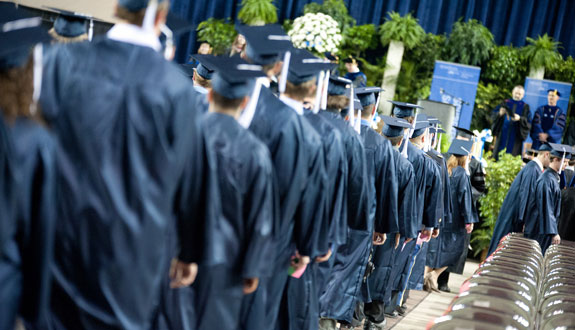
It is not just applicants who intend to enter medical school right after graduating from college who need to plan ahead for their med school applications. There are many things pre-med students can think about during their senior year of undergrad, whether they are going straight into medical school or taking a gap year or two. Depending on your medical school application timeline, the dates may be more or less spaced out; it is always a good idea to set a long-term calendar of important dates and med school requirements to prepare for.
Getting Your Letters of Recommendation
Letters of recommendation are an essential part of your application, and because their timely completion depends on the schedules of your busy letter writers, it is better to start communicating with them sooner rather than later. For some schools that create Committee Letters for students, this process may begin as early as junior year to collect faculty comments and be approved to receive a committee letter.
It’s helpful to create your list of potential letter writers and reach out to them early to ask for a letter of recommendation and give them the due date you will need it by. Communicating with your letter writers and giving them ample time makes their task easier and gives you confidence that your letters will be finished by the time you intend to submit your application.
Will You Take the MCAT Your Senior Year?
If you are planning to take the Medical College Admission Test (MCAT) during your senior year, it is helpful to plan out your entire preparatory schedule in advance and register for your intended MCAT date. If you already took the MCAT before your senior year and have a score you are happy with, congratulations! Remember that MCAT scores are only good for three years, so this may influence your application timeline and how many gap years you intend to take.
Plan When to Submit Your AMCAS Application
In the fall semester of your senior year, set the date you plan to submit your American Medical College Application Service (AMCAS) application.
Will you be an applicant who submits their primary admission application as soon as it opens in May, or will you plan on submitting later in the application process? Some factors that may influence this decision include the date of your MCAT test and the date you will have your clinical hours, research hours, and volunteering commitments completed. You are a busy pre-med student applicant with lots of experiences and hard work to highlight on your application. It may be better to apply later in the cycle with a complete application than to submit it before you are ready.
You may also want to see how to plan your winter break as a premed.
Start Writing!
After you have a general idea of your timeline, the writing begins! On your primary application, you have your personal statement, fifteen statements about your experiences, and three expanded statements for your most meaningful experiences. Writing these essays is a lot of work; they will be more manageable and better pieces of writing if you begin them earlier. Compile your activity list and begin drafts of the statements explaining both what you did and your takeaway from them. Try narrowing down your word count close to the application requirements, but the fine-tuning and editing can be done in the spring when you finish your application.
Begin drafting your personal statement as early as you can. Try to find a pre-med advisor or trusted editor who can help you refine your statement. It is beneficial to have someone else who can hold you accountable to make progress and give you some constructive criticism. You may need to go through several rounds of drafting, so you will come up with a stronger final product for the admissions committee if you give yourself a lot of time.
Don’t Forget Financial Aid If You Qualify
Depending on your financial status, you may be eligible for the Association of American Medical Colleges (AAMC) Fee Assistance Program (FAP). This program provides assistance for many of the costs associated with the MCAT exam, the AMCAS primary application, and many secondary application fees. The AAMC FAP can be granted multiple times for eligible applicants, so even if you took the MCAT in a year before your application year, you may be able to receive assistance again if you still meet the requirements. The FAP application opens at the beginning of each year, so it is a good idea to look into the application in early January.
At the beginning of your spring semester, begin creating your list of schools you’ll apply to. This list does not need to be final, but it is a good idea to begin researching what med schools will be a good fit for you. Things to consider include their location, their competitiveness, their values, their cost, and many other factors that may be relevant to you as a unique applicant.
Getting a head start on your medical school application will set you up for success and help you kick off your medical career.
–
This blog is in partnership with Sketchy; if you’re earlier on in your pre-med timeline and want to know what you should be doing during your winter break, check out their blog. The Blueprint x Sketchy Bundle has everything you need, which combines the Sketchy course, Blueprint full-length practice exams, and an integrated study plan calendar into one great package.
Search the Blog

Free Consultation
Interested in our Online MCAT Course, One-on-One MCAT Tutoring or Med admissions packages? Set up a free consultation with one of our experienced Senior Student Advisors.
Schedule NowPopular Posts
-
MCAT Blog What's on the MCAT?
-
MCAT Blog How to Review MCAT Full Lengths

Free MCAT Practice Account
Need great MCAT practice?Get the most representative MCAT practice possible when you sign up for our free MCAT Account, which includes a half-length diagnostic exam and one of our full-length MCAT practice exams.
Learn More







